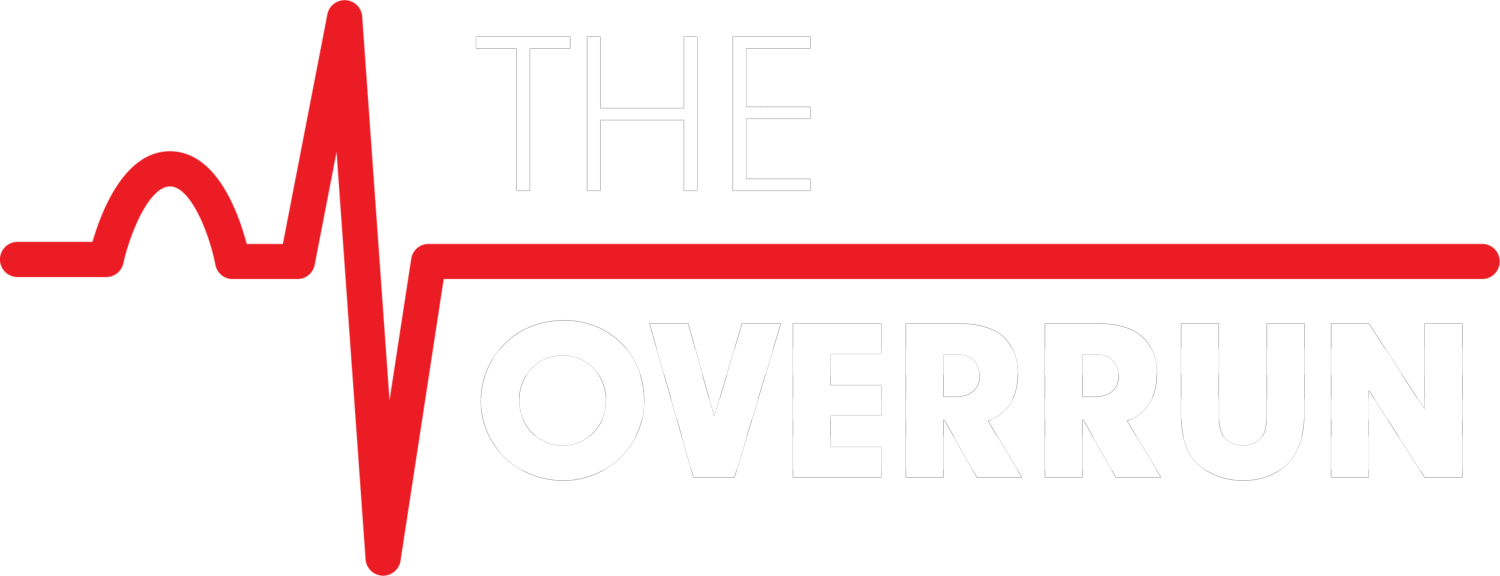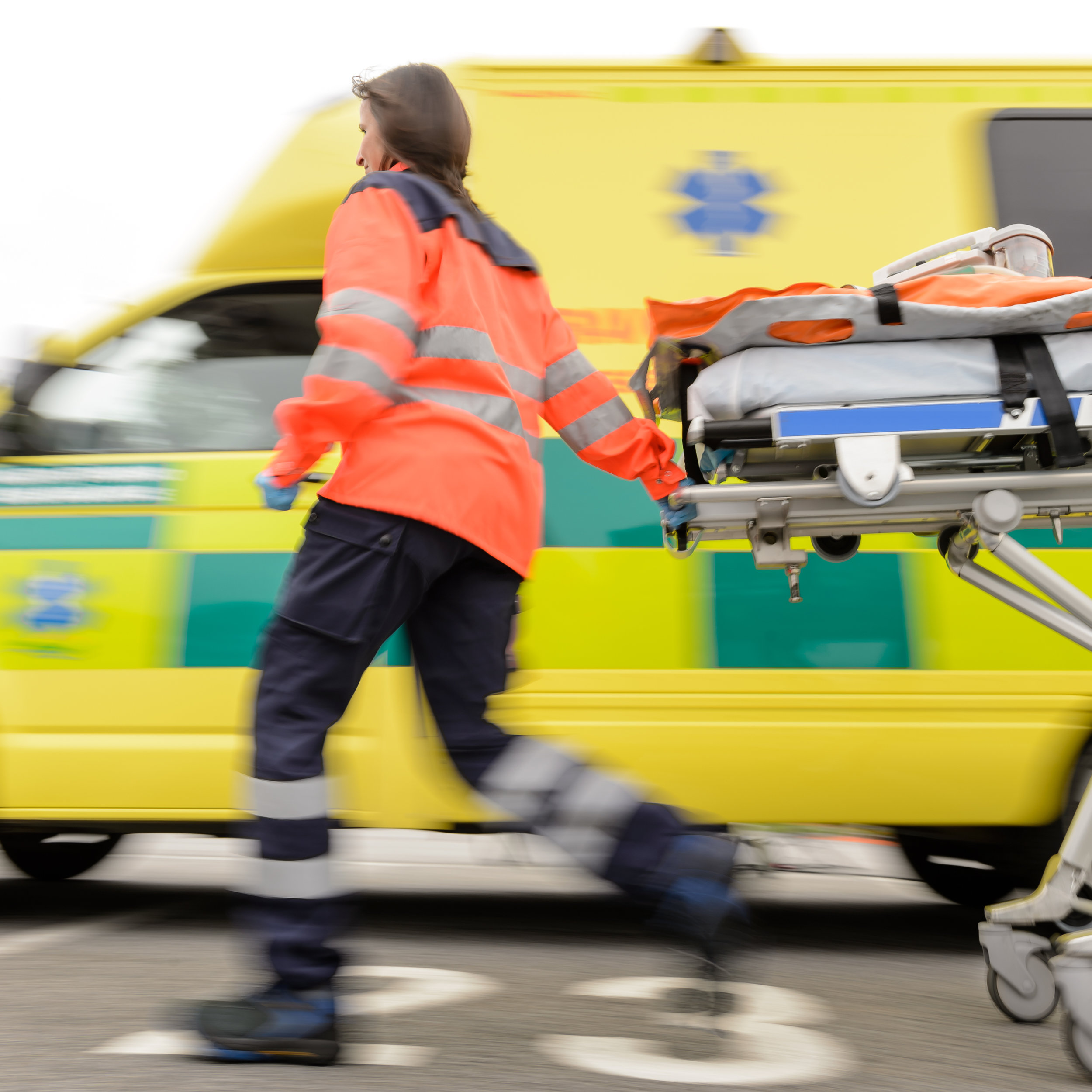· 8014 patients enrolled in a UK study of out-of-hospital cardiac arrest
· Randomized, double-blind, placebo controlled study
· 5 centers in the UK from December 2014 to October 2017
· 30-day survival was higher in the group receiving epinephrine than placebo
· Patients who received epinephrine had worse neurologic outcomes
What is this study?
The PARAMEDIC2 study was initiated after a call for further analysis of cardiac arrest was initiated by member of the International Liaison Committee on Resuscitation, an organization that consists of seven major organizations in the field of resuscitation called for a placebo-controlled study of epinephrine in cardiac arrest. Previous studies had been observational, and had not shown any significant improvement in outcomes for patients that received epinephrine. There was one study that was initiated previously (the PACA study) that was abandoned after only achieving 10% enrollment.
All that is to say that this study was a long time coming. We’ve known anecdotally that epinephrine doesn’t really improve outcomes the way that we want them too, but it’s been difficult to put together a good study that really shows that in the data. This study was able to get together a significant number of patients, and was able to record the results in a fashion that shows clinical significance.
What did the study find?
Of the 8,014 patients that were enrolled, 224 survived. The percentage that survived overall (2.7%) was lower than the authors anticipated, but is generally consistent with previous data sets. Of that 224, 130 were in the epinephrine group, and 94 were in the placebo group. Again, these numbers are about 3%, which is what we tend to expect and is about average.
The primary outcome of the study was the rate of survival at 30 days. For this, it was found that patients that received epinephrine were more likely to survive at 30 days than those that received the placebo. However, the number needed to treat to prevent one death in the epinephrine group was 112. More on that later.
The secondary outcomes included rate of survival at hospital admission, lengths of stay in the ICU, rates of survival discharge at three months, and neurologic outcomes at hospital discharge and at three months. Essentially, the study group was looking to see if patients that received epinephrine not only survived but had quality of lifeupon being discharged. Patients who had a modified Rankin score of 4 or greater (0 is normal function, 6 is dead) were considered to have poor neurologic outcomes.
In the end, it was found that patients that received epinephrine showed a higher ROSC rate, but they ended up being discharged with worse neurologic outcomes. So what does all this mean?
We’re saving the heart at the expense of the brain.
Patients that receive epinephrine, according to this study, live long enough to become organ donors. That is not to criticize organ donation. But it is important to note that these patients generally do not have a high quality of life after receiving this treatment.
Does this study have any significant limitations?
No, not really. The paper lists several potential limitations, specifically that different organizations may have different dosing protocols for epinephrine or that earlier administration of epinephrine may have changed some outcomes. The authors also did not collect baseline neurologic statuses of the patients enrolled in the study, but this is a limitation that likely did not affect many patients.
Cool, so now what?
This paper is going to end up being a landmark study. The population is huge, the design is well done, and the results are very intriguing. We’ve used epinephrine in cardiac arrest for over 50 years. The theory being that epinephrine will increase aortic diastolic pressure, augment coronary blood flow and increase the chance of a return of circulation. The problem with all that is that with that benefit comes the risk of platelet activation by the alpha-adrenergic stimulation of epinephrine. This platelet activation can lead to microemboli that lodge in the cerebral vasculature and can increase cerebral ischemia during CPR and after achieving ROSC. So, before this paper, we only knew that in theory we’re saving the heart while sacrificing the brain.
Something that the paper mentions, which I don’t think will get the attention it deserves is the number needed to treat. Earlier I mentioned that NNT for epinephrine was 112. However, the NNT for patients that received early CPR by a bystander was 15. Patients that received early defibrillation had an NNT of 5. So, while this was not the primary or the secondary outcome of the study, we now have data that shows that not only does epinephrine potentially worsen outcomes, but we’ve added to the confirmations that early CPR and early defibrillation is what actually saves lives.
It’s important to remember that no one paper is a panacea. There were plenty of subjects that were excluded from the study. Pregnant women, children under the age of 16, cardiac arrest from anaphylaxis or asthma, or patients who received epinephrine from someone other than a trained paramedic were all excluded from the study. Clearly, these are patients that will need to be analyzed in a different study. It is worth considering that epinephrine may be beneficial to asthmatics or those that are anaphylactic. Another important point is that response times and time to administer the drug(s) were fairly high. On average, the ambulances response time was 6.6 minutes, and the staff averaged 13.8 minutes to administer the drug(s). While this doesn’t necessarily change the study’s findings, it does support the need for further education and interaction with the public to encourage early CPR. Even with that concern in mind, 59% of the patients enrolled in the study had bystander CPR performed on them. This number is impressive, and is not consistent with what we see often here in the United States.
As I said earlier, this study might change things. It opens up the avenue for more research and comparison. It puts a flag in the ground saying that what we thought we knew is wrong, and we can do better. It adds to the discussion that early CPR and early defibrillation make a difference, and we should work harder to make those skills more available. It’s only the beginning, but it’s a bright and exciting beginning for resuscitative medicine.
[1]https://www.nejm.org/doi/full/10.1056/NEJMoa1806842

